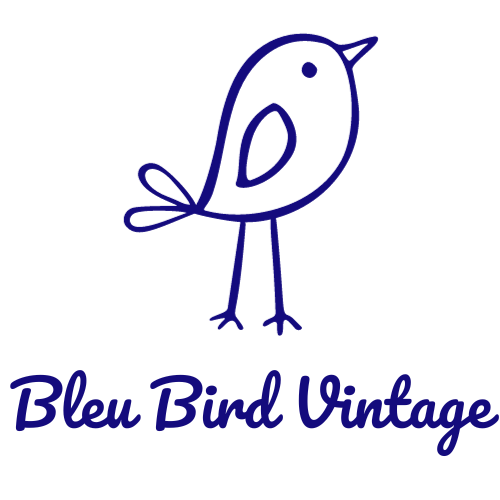How to Date Vintage Clothing Labels: Materials and Silhouettes
Vintage clothing reflects the style and craftsmanship of eras gone by, making it a treasure trove of timeless fashion. When seeking out vintage pieces, one important aspect to consider is dating the clothing labels. These labels can provide valuable information about the era in which the garment was produced. By examining the materials and silhouettes of vintage clothing labels, you can gain insights into the age of the piece and appreciate its historical significance. Here are some tips on how to date vintage clothing labels based on materials and silhouettes.
Materials used in vintage clothing labels can offer clues about the era of production. In the early to mid-20th century, natural fibers such as cotton, silk, and wool were commonly used. The quality and condition of these materials can also indicate the garment’s age. For instance, clothing labels made from cotton were prevalent during the 1940s and 1950s due to the wartime limitations on luxury materials. Synthetic fabrics such as rayon and nylon gained popularity in the 1950s, reflecting the advent of new manufacturing techniques. Polyester labels became more common in the 1960s and 1970s, with the rise of disco and the demand for easy-care garments. By identifying the fabric composition of a vintage clothing label, you can gain insights into the period when it was produced.
Silhouettes also play a crucial role in dating vintage clothing labels. The shape and structure of a garment can give away its age, as fashion trends constantly evolve over time. For example, the popular silhouettes of the 1920s included dropped waistlines and loose, flapper-style dresses. In the 1950s, Christian Dior’s New Look brought back the hourglass figure with nipped-in waists and full skirts. The mini skirt revolution of the 1960s introduced shorter hemlines and a more youthful aesthetic. By examining the overall shape and cut of a vintage garment, you can narrow down the era it belongs to.
Additionally, paying attention to specific details of vintage clothing labels can be enlightening. For instance, label typography and designs can offer valuable clues. The fonts and styles used in labels have changed over time, reflecting the prevailing design trends of each era. Labels featuring intricate script lettering were common during the early 20th century. Graphic and bold logos became popular in the mid-20th century, reflecting the modernist design trends of the time. Studying the evolution of label designs can help you approximate the approximate dating of a vintage garment.
Another aspect to consider is the branding on vintage clothing labels. Designer labels hold historical significance and can provide further insights into the era of production. Recognizable fashion houses such as Chanel, Dior, and Gucci have been making clothes for many decades, and their labels have undergone changes throughout the years. Researching the history and evolution of these iconic brands can help you identify the approximate date of a vintage garment bearing their label.
In conclusion, dating vintage clothing labels is an exciting way to appreciate the history and craftsmanship of fashion. By examining the materials, silhouettes, typography, and branding used in vintage clothing labels, you can gain insights into the era in which the garments were produced. Remember to have patience and do thorough research to accurately date your vintage treasures. Happy hunting and fashion exploration!
